- Lab-STICC
- Calendar
- Seminar : Insights on NB-LDPC Decoding and sub-THz Communications
Seminar : Insights on NB-LDPC Decoding and sub-THz Communications
-
Speaker: Ali Chamas Al Ghouwayel
Abstract: The seminar addresses two topics:
1. Reduced Complexity-Decoding Algorithms for NB-LDPC Codes and Adequate Hardware Architectures.
2. Energy-and-Spectral Efficient Modulations for sub-THz Communications.
The first part, addressing the first topic, discusses the low complexity decoding algorithms for the Non-Binary Low Density Parity Check (NB-LDPC) codes, and the resultant hardware architectures expected to be of low complexity and high throughput rate. The NB-LDPC codes constitute an interesting category of error correction codes and are well known to outperform their binary counterparts.
However, their non-binary nature makes their decoding process of higher complexity. We explain new decoding algorithms that aim at reducing the complexity of the Check Node (CN) by minimizing the number of messages being processed. This is done thanks to a pre-sorting process that sorts the messages intending to enter the CN based on their reliability values, where the less likely messages will be omitted and consequently their dedicated hardware part will be simply removed. This reliability-based sorting enabling the processing of only the highly reliable messages induces a high reduction of the hardware complexity of the NB-LDPC decoder. An efficient parallel decoder architecture for a 5/6 rate NBLDPC code defined over GF(64) is presented.
The second part discusses the use of energy-and-spectral efficient modulations in the context of sub-THz Communications. Such modulation techniques are aimed to contribute in the enabling of the Terabits per second (Tbps) wireless link, needed for the new emerging data-hungry applications in Beyond 5G (B5G) (e.g., high-capacity broadband, enhanced hotspot, three Dimensional (3D) extended reality, etc.). Besides, the sub-THz/THz bands are the next frontier for B5G due to scarce sub-GHz spectrum, and insufficient bandwidth for wireless Tbps link in 5G millimeter Wave (mmWave) bands. Even though a wider bandwidth and large-scale Multiple-Input Multiple-Output (MIMO) are envisioned at sub-THz bands, but the system and waveform design should consider the channel characteristics, technological limitations, and high Radio Frequency (RF) impairments.
Based on these challenges, we discuss the use of an energy-efficient low order single carrier modulation accompanied by spectral-efficient Index Modulation (IM). First, we discuss the different IM techniques and the associated low complexity detectors. Then, we present a novel scheme named Filter Shapes Index Modulation (FSIM) to enhance system SE and Energy Efficiency (EE) through indexation of the filters in the bank.
Bio: Ali Chamas Al Ghouwayel received his B.E. degree in Physics-Electronics in 2002 from the Lebanese University, Beirut, his B.E. degree in Electronics Engineering and his M.S. Degree in Telecommunications in 2004 from the National School of Engineering of Brest (ENIB), Brest, France, and his Ph.D. in Signal Processing and Telecommunications in 2008 from the High School of Electricity (Supélec) and University of Rennes 1, Rennes, France. His research activities concerned Parametrization Study for Software Defined Radio Systems. In 2008, He joined the Lab-STICC laboratory in Lorient, France and worked as a Post-Doctoral researcher on the European Project DAVINCI. In 2010, He joined the Lebanese International University, in Beirut, Lebanon, as Assistant Professor and then promoted to the rank of Associate Professor in 2016. His current research interests include Study, Optimization, and Adequation Algorithm Architecture for Hardware Implementation of ultra-throughput Non-Binary LDPC decoders on FPGA and ASIC, Internet of Things (IoT) Frame detection and synchronization at very low SNR, and the investigation of new technologies and signaling techniques enabling the usage of the spectrum in the sub-THz bands 90GHz-200GHz.
